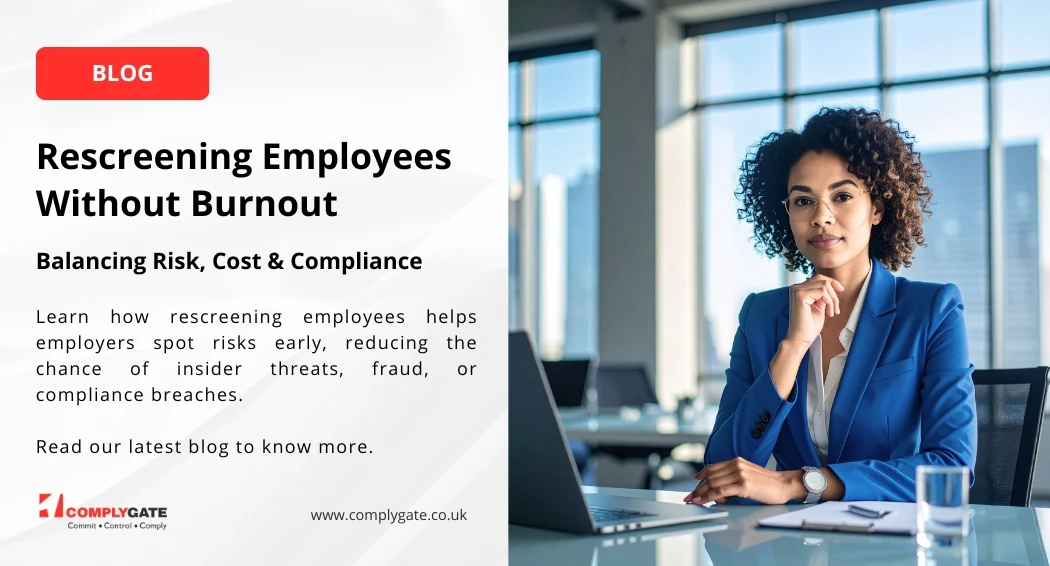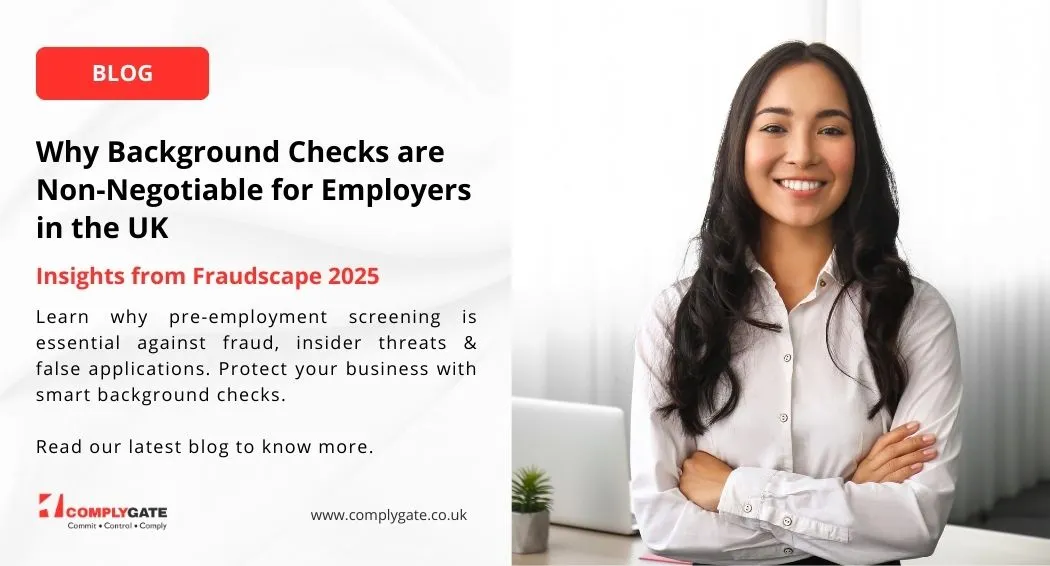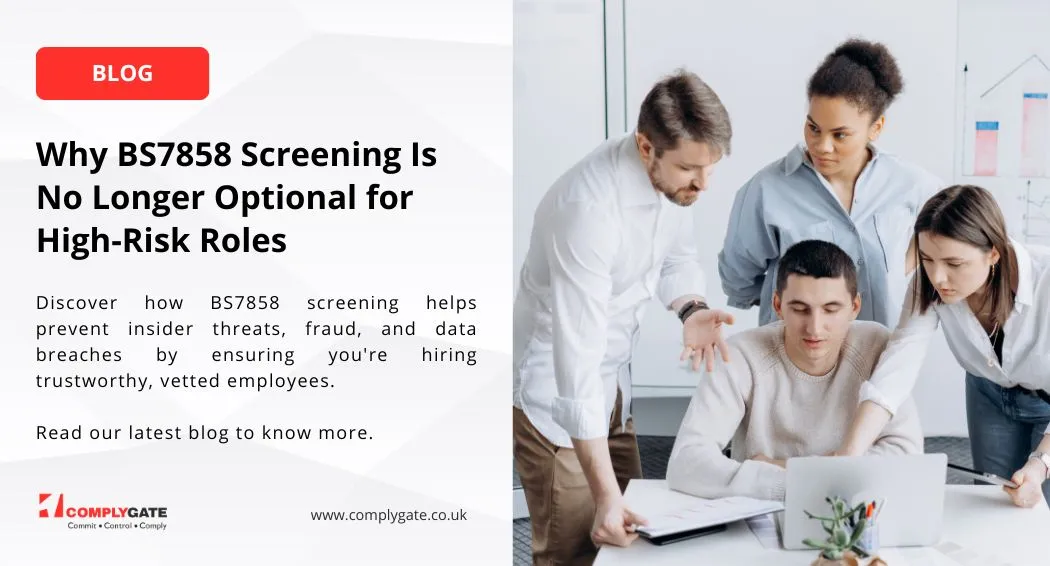What is online ID and Identity Verification?
The objective of identity verification is to ensure that a person’s identity is able to match that of the credentials he / she provides or possesses. Identity verification is a mandatory process to establish personal identity.
The attribute of a person’s identity is built-up from his / her details and made prominent by comparisons with identical attributes from other people. Identity of a person is a set of unique characteristics associated with a unique and an undisputable individual. Personal identity is an essential and important feature while talking about and describing individuals. Since the onset of the Internet age, identity theft has become a common phenomenon.
Most procedures and processes, both offline and online, include identity verification as an undisputable aspect and requirement in all situations. These include myriad processes right from opening a bank account to filing tax returns electronically. The KYC (Know Your Customer) process of the banking industry, and others, is essentially an identity verification process.
What is online ID and Identity Verification?
Identity verification is carried out to make sure that a process has a real person as the cause behind it, and this person is the one who he / she claims to be. This process eliminates creation of false identities as well as the possibilities of carrying out similar processes on behalf of another person without necessary authorization.
There are a number of methods and systems for carrying out identity verification processes. Depending on the medium or the way of carrying out the process, there can be a number of different ways of carrying of identity verification.
The conventional face-to-face process involves self-identification of person by himself / herself by presenting himself / herself in an organization, institution etc. and thereby presenting his / her identity documents simultaneously, so that official agents can verify the person’s identity as true / false at the time, both by physical as well as document introspection. Copies of presented documents are created for organizational record-keeping purposes and the person is made to fill out certain forms as the next steps. In the online phase, the process of checking and verifying identities is quite different as identity and document verification takes place using sophisticated machine learning algorithms.
ONLINE IDENTITY VERIFICATION
Since there is no individual to verify various personal identities and relevant documentation through the online channel, methods have been developed for the online platform. These methods are different from each other, and not all methods are safe and / or reliable. One of the simplest methods, which does not conform to security standards for personal identity verification is the use of clicking images and selfies. This is a process which can be carried out easily and while identification of low-risk operations. Nonetheless, this process is may not be reliable and secure.
Then there are slightly advanced modes of identification, like the one using streaming video, which are secure and satisfy legal requirements of remote identity verification regulations. Identity verification modes such as VideoID depend upon the various algorithms of artificial intelligence and machine learning to provide accuracy and reliability of results. eKYC process involves online and digital verification of personal identity of remotely located individuals in an easy and seamless way. This process requires a image recording device(s) like a computer which, while being connected to the internet, can run a few machine learning algorithms to check and verify personal identity.
The process works as below:
- A user who wishes to register himself / herself on a portal of an organization visits the relevant website.
- The user is asked to accept the use of camera and microphone by the website for identity verification and he / she complies willingly.
- The AI application on the website asks the user to show his / her ID documents which are then scanned and verified.
- Then the user’s face is scanned and verified.
- If the video requires further validation, a team of experts do the necessary in a different process.
- In this way a person ID is verified, with the videos and photos taken during the session serving as proof.
- Thereafter the user is registered by the organization.
Some of the advanced machine learning methods involve electronic signature and face authentication, though both can be integrated on a recorded video test for easy ID verification.
What are the ID and Identity verification standards and regulation?
Two prominent European regulatory standards that have been setting norms related to the application of technology to online identity verification are AML5 and eIDAS, AML5 (or 5AMLD, the Fifth Anti-Money Laundering Directive) is mainly involved with responding to the need to fight fraud and identity forgery, money laundering and terrorist financing.
eIDAS (electronic IDentification, Authentication and trust Services) controls and governs all aspects related to electronic signature, trust services and online electronic transactions.
These two regulations are strict and complete and provide complying identity verification processes with guaranteed security and reliability support. They form the reference and basis for the international regulatory framework with regard to the various processes which are involved in remote identity verification.
APPLICATIONS INVOLVING MANDATORY ID VERIFICATION
The following everyday applications involve mandatory ID verification as a part of their registration process:
- Banking: bank account opening, banking procedures of various kinds including those which involve online sales and purchases.
- Technology manufacturing: procurement process of products and services.
- Online apps: mandatory log-in / registration process for web / app login, two-factor authentication, free / premier access to technology / facilities.
- Administration: issuing / renewal of electronic certificates, ID documents, documentation for medical applications, etc.











